How easy is it to grow bell peppers?
The cultivation of sweet pepper in our area began from the moment it was brought to us from Bulgaria, in fact, that is why they began to call it Bulgarian. In fact, this vegetable comes from America, from which it migrated to Portugal, then to Turkey, then to Bulgaria and only then to the lands of Ukraine, Moldova and Russia. The gardeners of our country grow sweet peppers in a greenhouse and in the open field.
Content
Which variety should you choose?
Which cultivar to choose for growing sweet peppers depends on where it will grow.
Since there are amateurs who grow peppers on the balcony or on the windowsill, varieties have been bred specifically for these purposes. These include low-growing plants with medium-sized fruits:
- Watercolor;
- Tomboy;
- Sweetie;
- Chanterelle;
- Yarik;
- Treasure Island.
On open ground it is advised to plant:
- Etude;
- Curiosity;
- Carat.
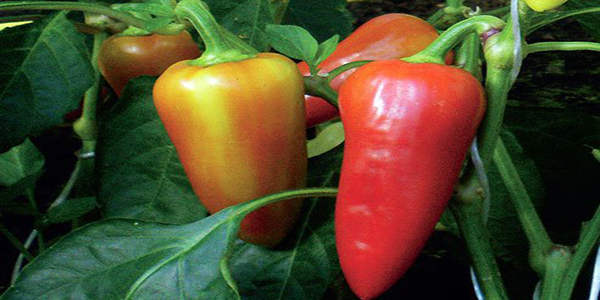
Suitable for growing sweet peppers in greenhouses:
- Arnes;
- Alyonushka;
- Chord;
- Atlant;
- Bonus;
- Vesper and others.
Quite common and favorite varieties of this vegetable are:
- Tenderness;
- Gift from Moldova;
- Health;
- Martin;
- Winnie the Pooh;
- California miracle.
But it is not enough just to choose a variety, it is necessary to follow the technology of growing sweet peppers, starting with the selection of seeds and ending with the collection of fruits.
Seedling preparation
This delicious, juicy vegetable leaves gardeners with no other choice but how to grow sweet pepper seedlings. This is not at all difficult to do.
The end of February is the time when you can start growing sweet pepper seedlings in order to plant flowering sprouts in the ground in May.
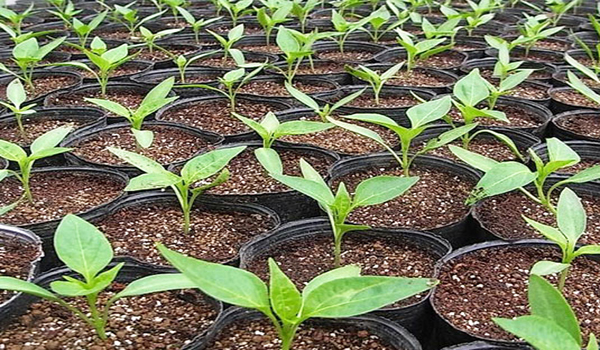
To begin with, first of all, you need to prepare what the seeds will be sown into for further growth. These can be boxes or pots. It is worth noting here that the root system of the pepper does not accept tightness.
Seeds. The first step is to soak the seeds to disinfect them. In technologies for growing sweet peppers, it is recommended to do this in an ordinary 1% solution of potassium permanganate for half an hour.
Next, pre-planting soaking is performed, which will allow you to get seedlings on the second day after sowing seeds in the ground:
- pepper is immersed in water with a temperature of up to 50C for 5 hours to swell;
- placed in a damp cloth for pecking at room temperature (the process usually takes 2-3 days).
When buying, pay attention to the freshness of the seeds. The fresher they are, the faster the first shoots will appear and the more harvest will be.
The soil. An important point is that the bottom of the container must be drained to avoid stagnation of water and rotting. The soil consists of:
- one part of the peat soil;
- two parts of humus;
- one piece of sand;
- it is recommended for 1 kg of a mixture of the above components, add 1 tablespoon of ash.
Before sending seeds to the ground, it must be watered. For irrigation, warm water and a weak solution of potassium permanganate are used. After sowing, the seeds are sprinkled with a layer of soil for half a centimeter.
Top dressing. The following solution is used to fertilize seedlings:
- water - 0.5 liters;
- ammonium nitrate - 0.5 g;
- superphosphate - 3g;
- potash fertilizers - 1g.
Fertilizing is recommended 3 times during the entire growth period of the seedlings:
- the first - when 2 full-fledged leaves appear, using a fertilizer solution in the specified quantities;
- the second - when there are 4 leaves or 14 days after the first, using a fertilizer solution, increasing the dose by half;
- the third - 2 days before transplanting seedlings into open ground, increasing the dose of fertilizers in solution to 8g.
It is necessary to do a one-time and foliar feeding (i.e. spraying) in order to get the best fruits.
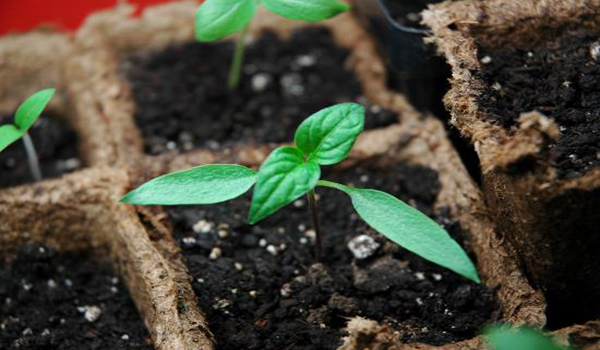
Sowing seeds. Here, the seeding in the box and the seeding in the cups should be divided.
If sowing will be done in a box, then this should be done as follows:
- put drainage on the bottom;
- pour 7-8 cm of earthen mixture on top of it;
- level the surface of the soil in the box;
- make grooves at a distance of 5-6 cm;
- spread the seeds into grooves at a distance of 1-2 cm from each other;
- cover the grooves in the box on top with a layer of humus soil or sand about 0.5 cm thick;
- lightly compact the soil without pressing it in.
If the seeds will be placed in glasses, then:
- the soil in the glass is moistened;
- holes are made, the depth of which is about 1 cm;
- 1 seed is placed in the hole and sprinkled with earth;
- a plastic bag is put on the glass, which remains on it until shoots appear.
Temperature conditions. Pepper is a heat-loving plant. The daytime temperature for growing seedlings should be 25C-27C, at night it should be at least 13C-11C.
There are some nuances in the question of how to grow sweet pepper seedlings:
- the container with seedlings should be in a warm place;
- it is very good if the container is covered with polyethylene;
- you need to check the soil daily and prevent it from drying out;
- watering of seedlings should be carried out with warm, settled water;
- avoid drafts and a cold window sill for seedlings;
- loves light, so the seedlings need to be provided with lamp light for as long as the day would last if it was summer (from 8 am to 8 pm).
Garden bed preparation
The soil for growing sweet peppers is prepared in two stages: autumn and spring.
In the fall, it is necessary to remove the soil from the predecessors of the pepper. It is better if the pepper is planted in the soil in which they grew before:
- cabbage;
- beans;
- cucumbers;
- onion;
- carrot;
- pumpkin;
- zucchini;
- cereals.
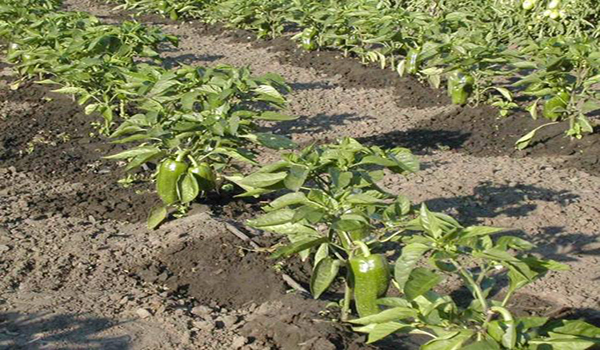
In autumn, the land should be prepared by the following actions:
- chop up plant residues;
- fertilize the land with phosphorus and potash fertilizers;
- plow the soil to a depth of 30 cm;
- carry out land leveling;
- perform deep cultivation.
In the spring, prepare the ground as follows:
- perform harrowing of the soil, which will allow you to close the moisture and level the ground;
- before planting seedlings, cultivate the ground up to 15 cm in depth;
- before planting seedlings, treat the beds with trichodermin to destroy the spores of pathogenic fungi.
Landing
Planting seedlings in the ground is best done on a cloudy June day or in the late afternoon on a normal day. The open ground planting period lasts from late May to mid-June.
If the decision is made to grow bell peppers in a greenhouse, then the best time for this will be the beginning of April.
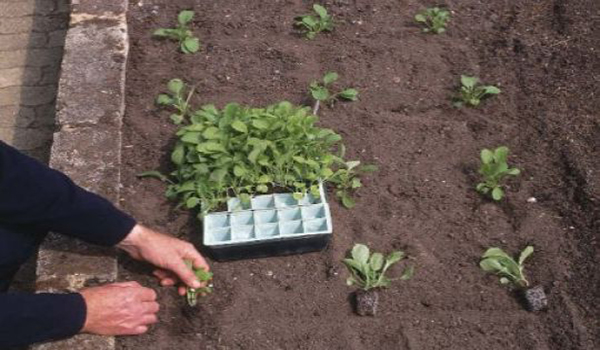
Plants are placed in holes, the distance between which should be 50-60 cm, the distance between the beds - 60 cm. At the end of the planting of sweet pepper seedlings in the ground, it is recommended to cover the bed with plants with a film, which will speed up the process of reception and the beginning of growth.
Further care
When growing sweet pepper, we must not forget that this plant is quite fragile and prone to breaking off not only leaves with careless handling, but also whole branches.
Further care and technology for growing sweet pepper are reduced to timely watering of the plant, weeding the beds, feeding and garter.
If sweet peppers are grown in a greenhouse, then when planting seedlings, pegs are immediately installed to avoid injury to the plant later.
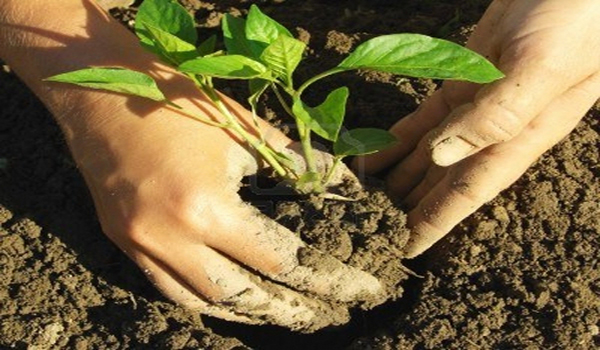
Pepper in the first one and a half - two weeks looks a little wilted, but do not be afraid - this is its normal state. It is very important at this moment not to "flood" the plant. Your caring for the vegetable at this stage is to gently loosen the soil around the plant, and thus provide it with additional oxygen.
Watering when growing this crop before flowering is done twice a week, after the appearance of flowers, ovary and fruit growth, it becomes more abundant, and is done necessarily at the root, preferably with warm water (about 22 degrees). The drip method is considered the ideal type of irrigation.
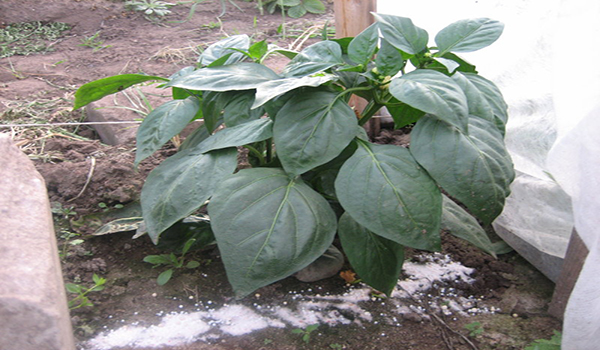
Top dressing during the growing season is recommended to be carried out at least three times. As fertilizer, wood ash and fresh mullein are used in combination with herbs. "Complementary foods" are prepared according to the following "recipe":
- water is a barrel;
- mullein - 1 bucket;
- coltsfoot;
- dandelion;
- nettle;
- wood lice;
- ash - 10-12 tablespoons.
All components are mixed in a barrel, left for 7-10 days, and after a week, a natural, natural complementary food is ready. Each bush is watered with one liter of this mixture. In order to ultimately delight you with the sweet pepper harvest, you should adhere to all the rules of agricultural technology.
Video "How to Grow a Good Harvest of Sweet Peppers"
A video from expert gardeners who will tell you how to grow bell peppers so that they give the maximum return in the form of a harvest.
